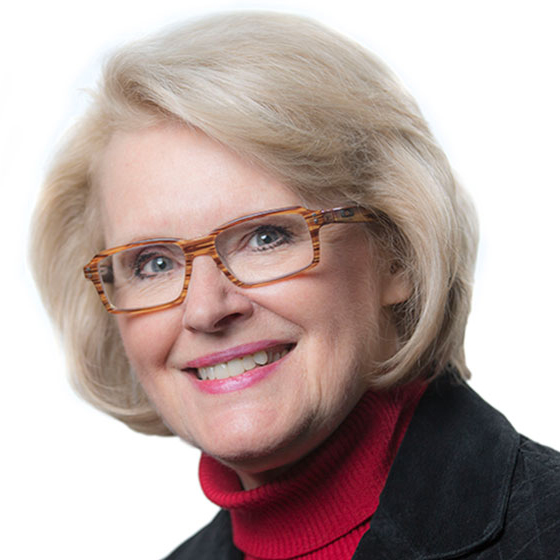Since Saturday, local media in St. Louis have covered the shooting of Michael Brown in Ferguson, Missouri. National media joined them, and on Friday, the story made the front pages of newspapers in the U.S. and around the world. We checked in with several newsroom leaders and asked them the same five questions about their work, the competition and the best and worst of what they’ve seen . This is part two in our series.
Margaret Wolf Freivogel is the editor of St. Louis Public Radio.
1. What is the most important thing you’ve told your staff as they cover this story?
Be safe. Facts matter, especially in a fast-moving situation such as this, so let’s clarify what’s going on. We need to do more than just covering the breaking news, meaning we need enterprise reporting that unearths information, answers questions and adds understanding.
2. Give us an example of the best coverage you’ve produced or seen.
Our live blog — reliable up to the minute information from all sources.
3. What’s the worst?
Reporters who put themselves at the center of the story.
4. Do you see a difference in national and local coverage of this story?
Of course. National reporters are writing for a different audience, so that makes sense. But also, the image of St. Louis I see reflected in national media is not the St. Louis I know. For our newsroom, this is more than a big story. This is home. We need to keep reporting on the issues that existed before Michael Brown’s death and that will still need to be addressed when the spotlight moves on.
This Is #Ferguson: Residents and business owners tell us about their city: http://t.co/d9Ih4UYPdj pic.twitter.com/roYmWhkyk7
— STL Public Radio (@stlpublicradio) August 15, 2014
5. How does our ability to report in real time across platforms help citizens — and have you seen downsides that must be managed?
Multiple platforms are a great asset. We especially appreciate the opportunity to reach people in different ways. It’s our biggest story by far since St. Louis Public Radio and the St. Louis Beacon merged in December. Our coverage is exponentially better than either of us would have been able to achieve separately — better meaning that we can serve people better by being deeper, broader and reaching them in more ways.
Previously: Chris King, editorial director of The St. Louis American








